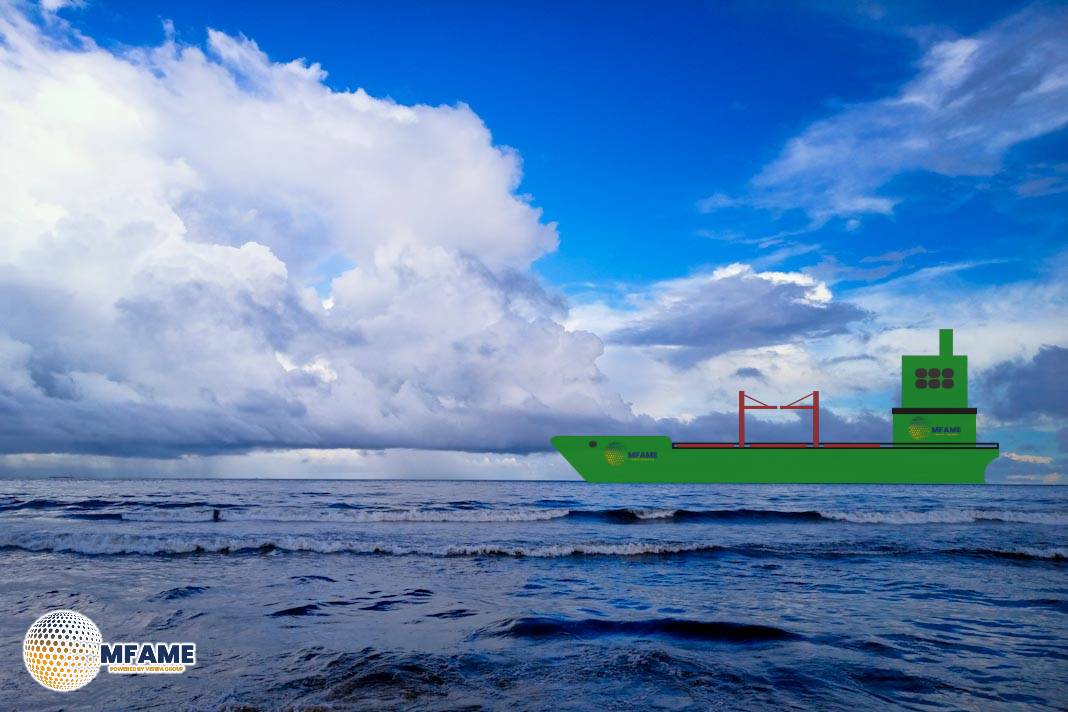- The bosun fell into the sea while rigging a combination pilot ladder at night, alone, without a safety harness or lifejacket.
- Rough seas and lack of supervision likely contributed to the accident, with procedural safety measures not being followed.
- The investigation recommended revising safety procedures and mandating risk assessments before rigging pilot ladders.
On 5 February 2020, a bosun aboard the Navios Amitie fell into the sea while rigging a combination pilot ladder. The accident occurred in darkness, and no crew members witnessed the fall. He was not wearing a safety harness or lifejacket, making survival unlikely in the rough sea conditions, reports MSIU.
What Happened?
The bosun had been assigned the task of rigging the combination pilot ladder alone, which involved securing the accommodation ladder to the ship’s hull.
The vessel was experiencing rough sea conditions, with wind speeds of 50 knots and waves reaching up to three meters. Although the ship was reportedly not rolling or pitching significantly, the platform’s surface may have been wet due to sea spray, increasing the risk of slipping.
Without any witnesses, the exact cause of the fall remains uncertain, but it is most likely that the bosun lost his balance while lashing the ladders together.
Why It Happened?
Several factors contributed to the accident, the most critical being the absence of safety equipment. The bosun was not wearing a lifejacket or a safety harness, despite the vessel’s
Safety Management System (SMS) requiring their use when working over the side. Additionally, no formal risk assessment or work permit had been completed before the task, meaning potential dangers such as weather conditions and vessel movement were not properly evaluated.
Crew members may have perceived the use of safety gear as restrictive, leading to non-compliance with regulations. Furthermore, no officer was supervising the operation, which meant that no one was available to respond immediately when the bosun fell.
Conclusions
The investigation concluded that the bosun most likely lost his balance while securing the ladders and fell into the sea. His lack of a safety harness meant there was nothing to prevent the fall, and without a lifejacket, he had little chance of survival.
The ship’s SMS specified that overside work should not be conducted when the vessel is underway, but this requirement was difficult to enforce since rigging a pilot ladder is typically done while approaching or leaving port.
Additionally, the crew did not conduct a formal risk assessment before the task, which meant that hazards such as rough sea conditions and vessel movement were not accounted for.
The accident highlights how routine work can lead to complacency, with crew members potentially overlooking risks they perceive as manageable based on past experiences.
Recommendations
Following the investigation, the company Kleimar NV was advised to revise its SMS procedures for working over the side, specifically addressing the risks involved in rigging combination pilot ladders.
It was also recommended that a formal risk assessment and work permit process be strictly enforced before performing such tasks.
Furthermore, efforts should be made to change crew perceptions regarding safety gear, ensuring that they recognize the importance of using lifejackets and harnesses at all times.
This incident serves as a critical reminder of the dangers involved in maritime operations and the need for strict adherence to safety procedures.
Routine tasks should not be taken lightly, and risk assessments must be conducted consistently to prevent similar tragedies in the future.
Did you subscribe to our daily Newsletter?
It’s Free Click here to Subscribe!
Source: MSIU
























